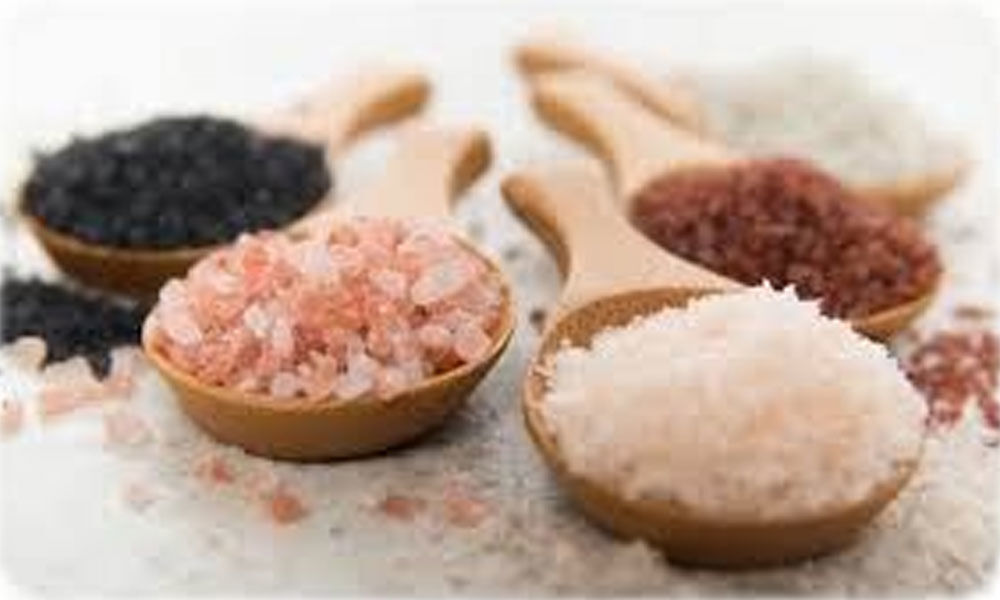Bath Salts & Soft water science project
 Bath Salts & Soft water science project
Bath Salts & Soft water science projectScience isn't just about what happens in a lab – it's in every corner of your daily living! When you put lotion on your hands or chapstick on your lips, you're taking advantage of science to take care of your body. Using the projects below you can mix up concoctions to make your skin healthier, stronger, and more up to the job of protecting your body. And these all-natural recipes help you avoid the chemicals that are used to help commercial products last longer.
Make Your Own Bath Salts: Bath salts do more than simply scent the water in your tub! Make your bath more relaxing and learn about salts and osmosis. (Adult supervision recommended.) What You Need: Plastic mixing bowl, Plastic mixing spoon, 1 cup Epsom salt, 1 cup sea salt, 1/2 teaspoon glycerin, Fragrance or essential oils (craft or health store), Colorant (craft store), Liquid soap, Jar with lid, baby soda bottles* or other airtight container
Note: Epsom salt and glycerin can also be found at drug stores. What You Do: Mix together the Epsom salt and sea salt in the mixing bowl. Add glycerin to the salt mixture and mix through. The glycerin is not necessary, but it helps the colorant and oil get dispersed evenly through the salt.
Add a few drops of fragrance or essential oils. Fragrance oils smell pleasant, but essential oils have therapeutic properties. Try using a couple of the following:
Add a few drops of colorant. We recommend getting oil-based skin-safe colorant from a craft store or else leaving out the colorant. Wet your hands with tap water, add a drop of soap to your hands, then rub together to form a lather.
Observe how much lather forms, then rinse off your hands. Fill a sink with water and add about 1/8 cup of salt mixture to it. Use your hands to stir the water to help the salt dissolve. With your hands still wet from the salt water, add a drop of soap to your hands and rub them together to form a lather. How much lather formed this time? Store the remaining salts in a jar, keeping the lid on tightly to keep moisture out. Use about 1/4 cup of the salts in your bath.
*Baby soda bottles are ideally sized for storing single use portions of bath salts. If using baby soda bottles, you may find it easiest to fill them using a funnel.
What Happened: Most likely you found it easier to form lather (and more of it!) when using the water with salt rather than the water with no salt. This is because of the difference between hard water and soft water.
Most households in America have hard water. Hard water has a high mineral content, usually with calcium and magnesium, whereas soft water contains less of these minerals. Calcium and magnesium ions in the hard water react with the soap, forming insoluble gray flakes called soap scum rather than a lather. This means you need more soap to get clean and the bathtub gets a grimy ring around it from the leftover soap scum.
One way to soften hard bath water is to add bath salts. The calcium and magnesium ions in the water are replaced with sodium and potassium ions from the salt, allowing the soap to lather much more easily. (If your home has soft water, you may not notice too much of a difference in how well the soap lathers in the water with your bath salts and the water without the bath salts. However, the salt and essential oils will still have a beneficial effect on your skin.)














